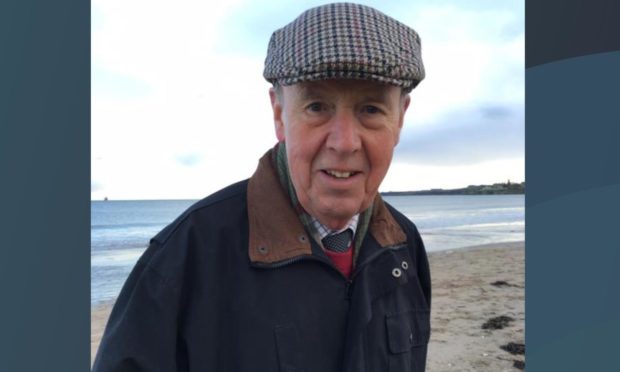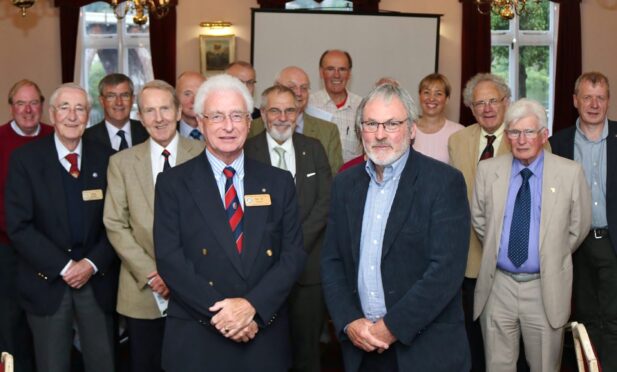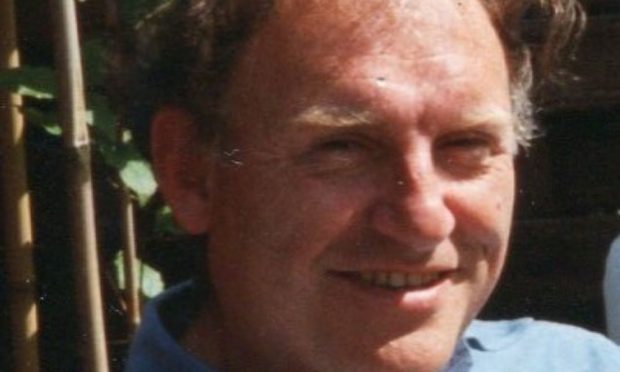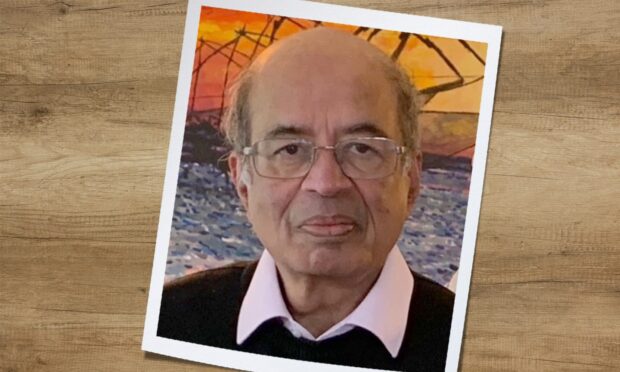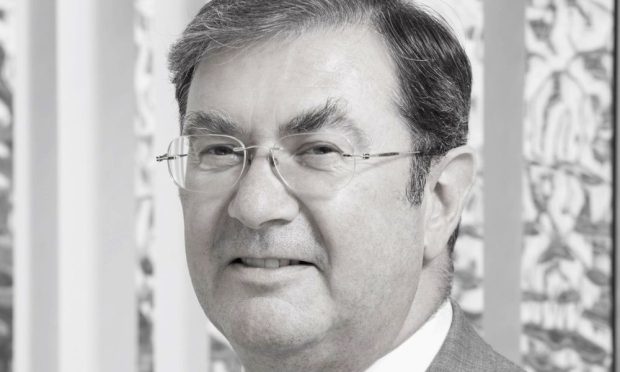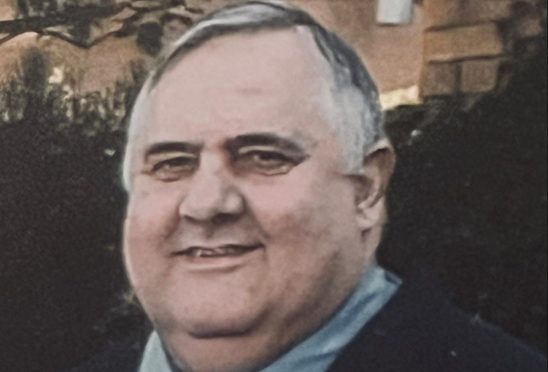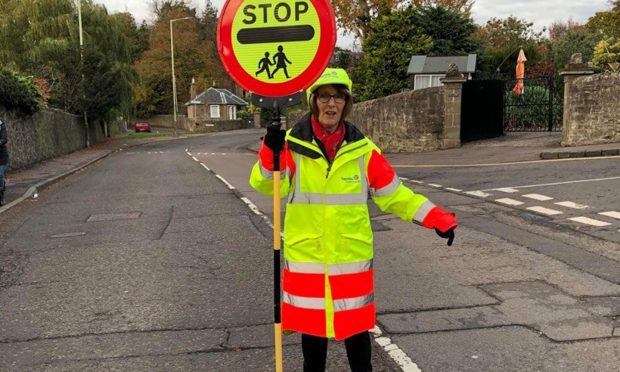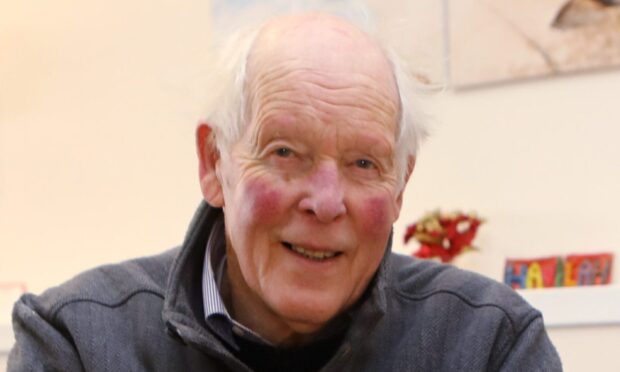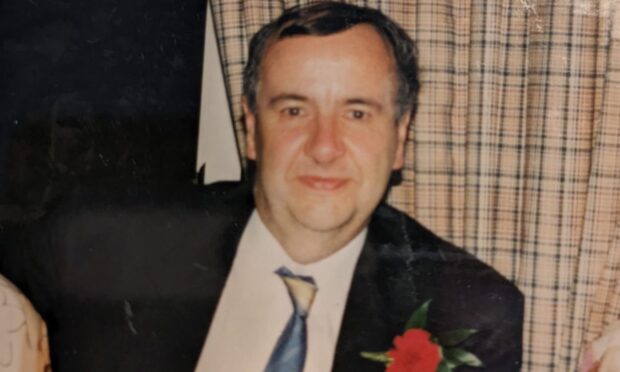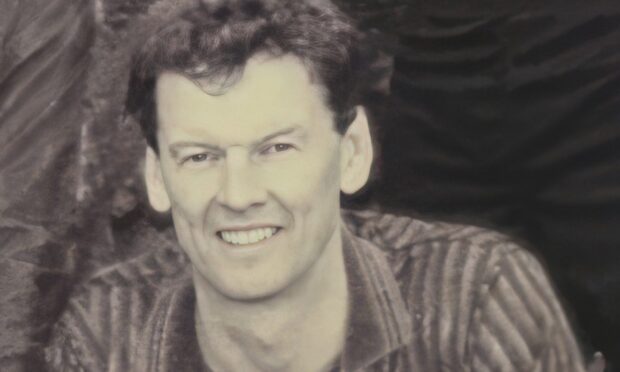A respected former senior consultant of pathology at Ninewells Hospital has died aged 85.
Dr John Anderson was a popular clinician and lecturer at Dundee University medical school and took a particular interest in cot death research during a long and distinguished career.
He also made history as a boy when he and his brother Bill became the first Scots to receive the BCG vaccine, which protects against tuberculosis.
Dr Anderson was born in Dundee on August 13 1935, and was the first child of Dr Ben and Clara Anderson.
His proud Dundonian parents had been living in Exeter at the time, and Clara travelled back to Tayside so the baby could be born in their home city.
The family moved to St Andrews and then to Glenlomond Hospital near Kinross, where Dr Anderson’s father was the medical superintendent.
He took a steam train daily for school at Dollar Academy and started playing golf at Milnathort Golf Club in his youth. Later, during his National Service, he was picked for the Royal Army Medical Corps golf team.
In the 50s he studied medicine at St Andrews University.
House jobs in Stobhill, Glasgow and Bridge of Earn followed before he joined the pathology department at Glasgow Royal Infirmary.
During his National Service he was stationed for an extra six months at Rinteln, Germany, because of a doctor shortage in the Army.
It was there that he met his wife Mary, whose maiden name Nolan, at the Sergeants’ Mess Christmas Ball in 1961.
They married six months later in Sheffield.
After his National Service, Dr Anderson returned to the pathology department at Glasgow Royal Infirmary then moved to the Maudsley in London to specialise in neuropathology.
The couple’s first child, Ian, was born in 1964, followed by Douglas in 1965 and Catriona in 1966.
Dr Anderson was awarded membership of the Royal College of Pathologists in 1967 and fellowship in 1977.
Consultant posts followed briefly in Greenock, before he returned to Stobhill and then Edinburgh, where his research interests included causes of cot death.
The family lived in Morningside, where the last member of the family, Clara, joined in 1971.
A final career move took Dr Anderson to Ninewells and the family to Strathkinness.
At Ninewells he combined clinical work and research with teaching medical and dental students as an honorary lecturer at Dundee University Medical School.
Aside from golf, his other hobbies included gardening and classical music, attending many concerts with Mary.
He was a member of the New Club in St Andrews and then Panmure Golf Club after a house move to Barnill.
He was also proud to become a member of the Royal and Ancient Golf Club of St Andrews in 1989.
After retiring in 1995 he continued golfing and gardening. He also developed an interest in watercolour painting.
Dr Anderson was diagnosed with Alzhiemer’s and lived with the condition for the last seven years of his life. He spent his final months in Lunardi Court Care Home.
He is survived by his wife, children and grandchildren Ben, Ewen, Gregor, Catherine, Grace and Sarah.
